Greetings friends, I hope you are doing well!
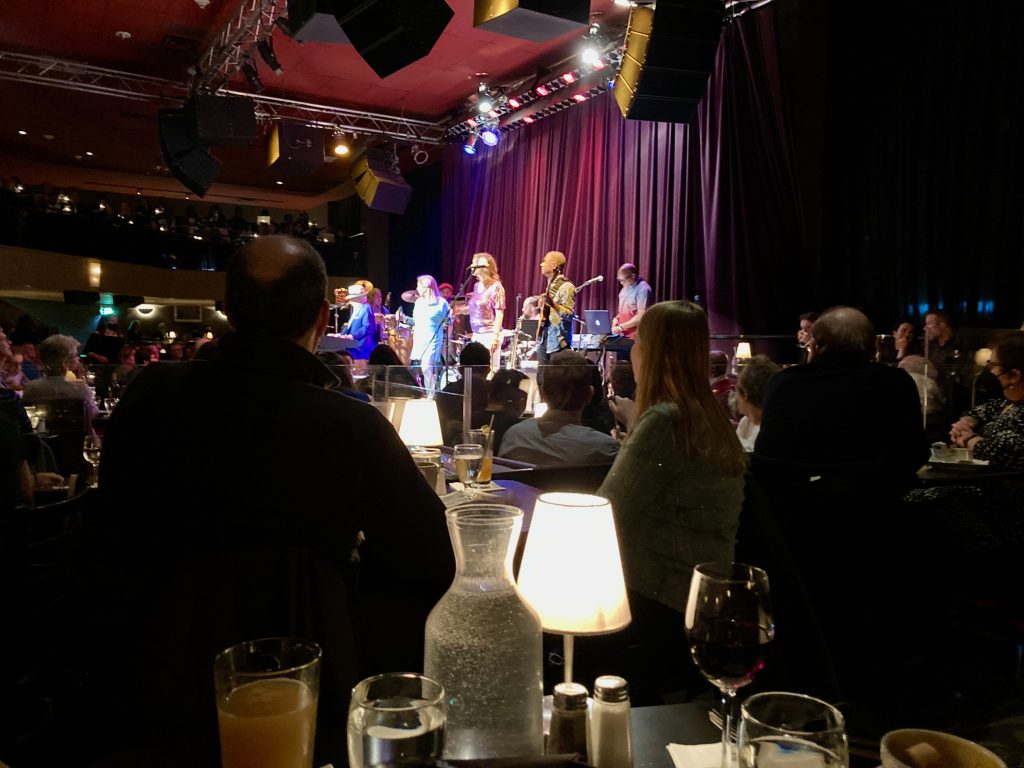
Sergio Mendez at Jazz Alley in Seattle in January 2022.
In Part 1 of this post I told you about "other stuff" first, starting with my trip to Jazz Alley for a Sergio Mendez concert with friends, and some side activities we enjoyed.
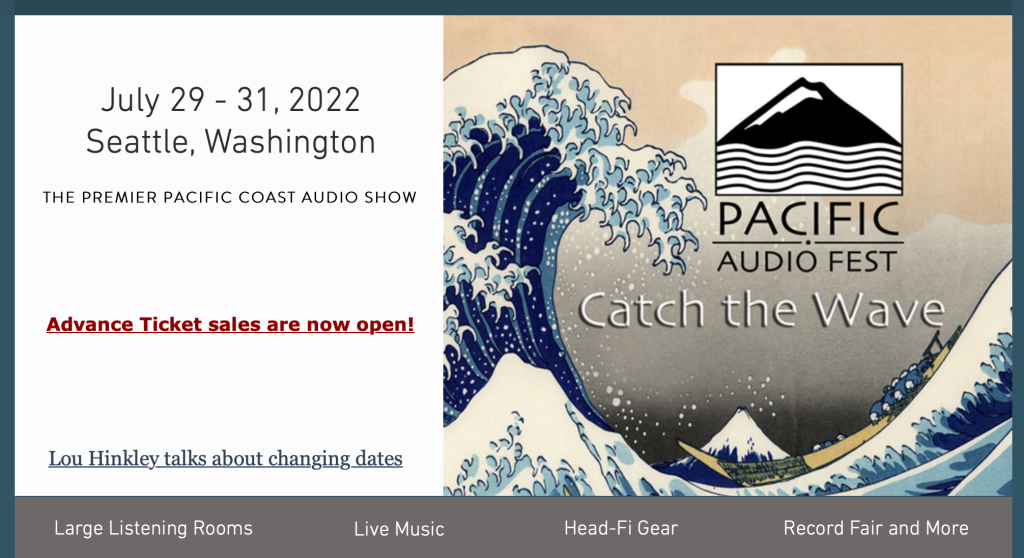
I mentioned my Seattle trip to give you some ideas for other activities for this Summer during your visit to the Pacific Audio Fest.
The Pacific Audio Fest will be a lot of fun, and with everyone experiencing restricted travel and social activities over the the last few years because of the coronavirus pandemic, I think we'll see a really good turnout now that the pandemic is receding.
You might as well take a few extra days before and/or after the Pacific Audio Fest to take in some of the cool things to see and do in Seattle, like Jazz Alley, Chihuly Garden and Glass, Museum of Flight, Pike Place Market, Woodland Park Zoo, Space Needle, Museum of Pop Culture, Seattle Aquarium, Seattle Art Museum, Benaroya Hall, just to name a few. You can also get in a day trip to Mount Rainier, do a comprehensive tour of Seattle, food and beer tours of Seattle, tour the old Seattle Underground, bicycle tours, winery tours, and the like.
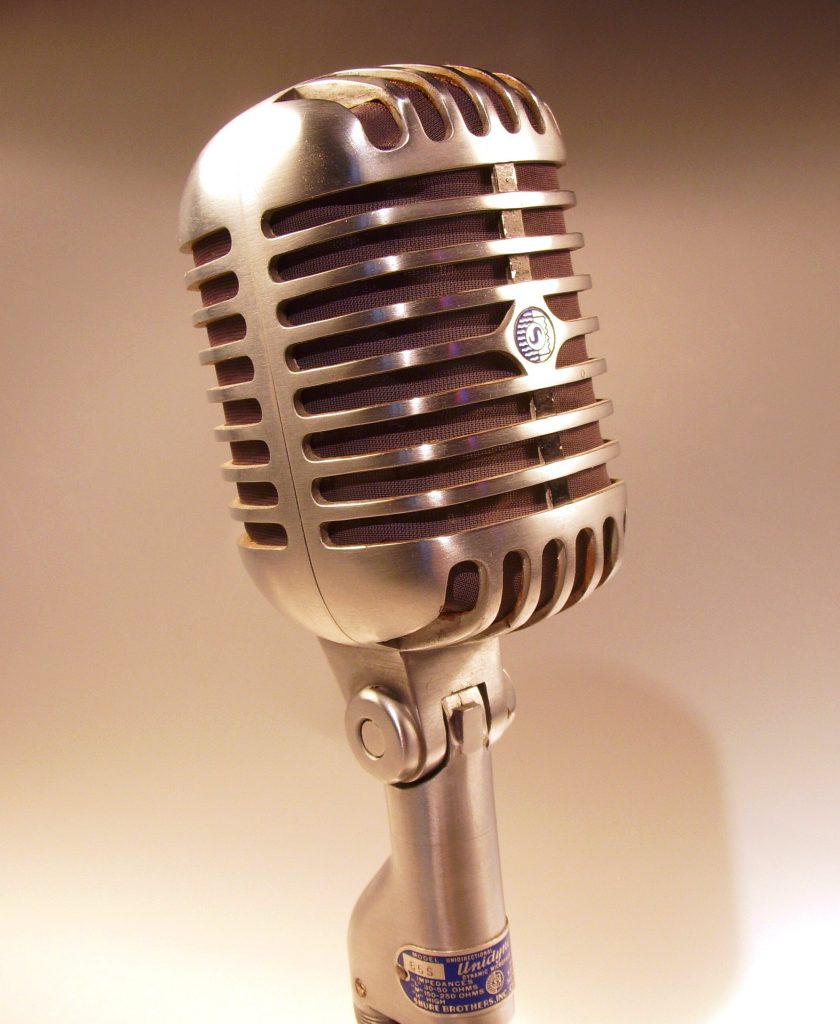
Shure Brothers microphone, model 55s, Multi-Impedance "Small Unidyne" Dynamic from 1951. Photo by Holger Ellgaard, shared under the Wikipedia Creative Commons license.
In Part 2 I talked about the differences between the quality of a musical performance versus the sound quality.
In a live performance you can have a great or poor musical performance, and great or poor sound quality from a sound reenforcement perspective.
In like fashion, in a recorded performance you can have the same sort of thing, a great performance of music (or not) that is well recorded (or not), and some of the reasons that it is unlikely we will ever be able to reproduce the 'absolute sound' of a live performance over a home hifi system.
The reason for that is the degradation of the music waveforms due to the observer effect during the recording process, and the degradation and propagation of error of the music signal as it goes through multiple equipment and connection interfaces during the recording, equalizing, mastering, and production phases that bring us the LPs, CDs, digital downloads, streaming, reel to reel, broadcasts, etc., that we listen to on our hifi systems.
Also, all of that same degradation of the music signal and propagation of error occurs as we play back our music albums over our hifi system and the signal goes through myriad components, connectors, cables, not to mention things like room effects.
All is not lost, however, as our vast recorded music canon from the acoustic era (1877 to 1925), the electric (1925 to 1945), the magnetic (1945 to 1975), and digital (1975 to present) era of the recording arts can be made to sound very good indeed over our hifi systems, so that you can enjoy any recording from any era and any recording quality as an engaging and enjoyable music listening experience over your home hifi system.
I mentioned strategies on how to choose components and voice them so that your system can provide a broad range of performance to get the best out of any recording using the comparison by contrast method of voicing at the component and system level, and how to avoid the basic voicing mistakes we audiophiles make that diminishes our enjoyment of the music and the range of recordings we can listen to.
Audio Note (UK) News
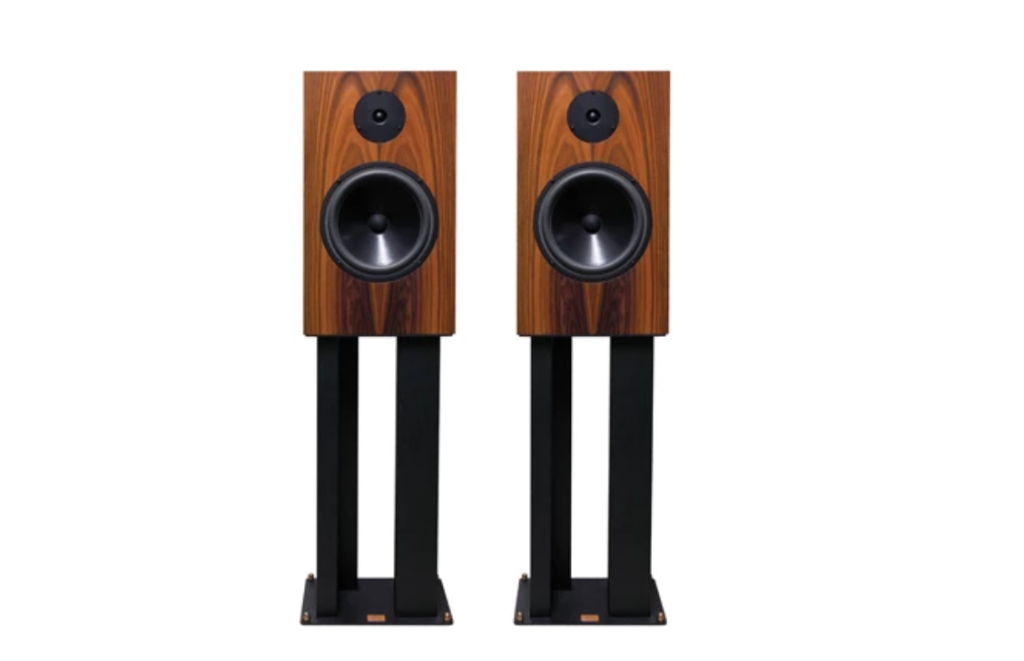
Audio Note (UK) AN-K loudspeakers and stands.
In Part 2 I also got started on my update about Audio Note (UK) news, including an upcoming complete Audio Note (UK) entry level system feature article that is in the works.
I'm really looking forward to that article, as I've always been impressed by full Audio Note (UK) systems at the audio shows I have attended.
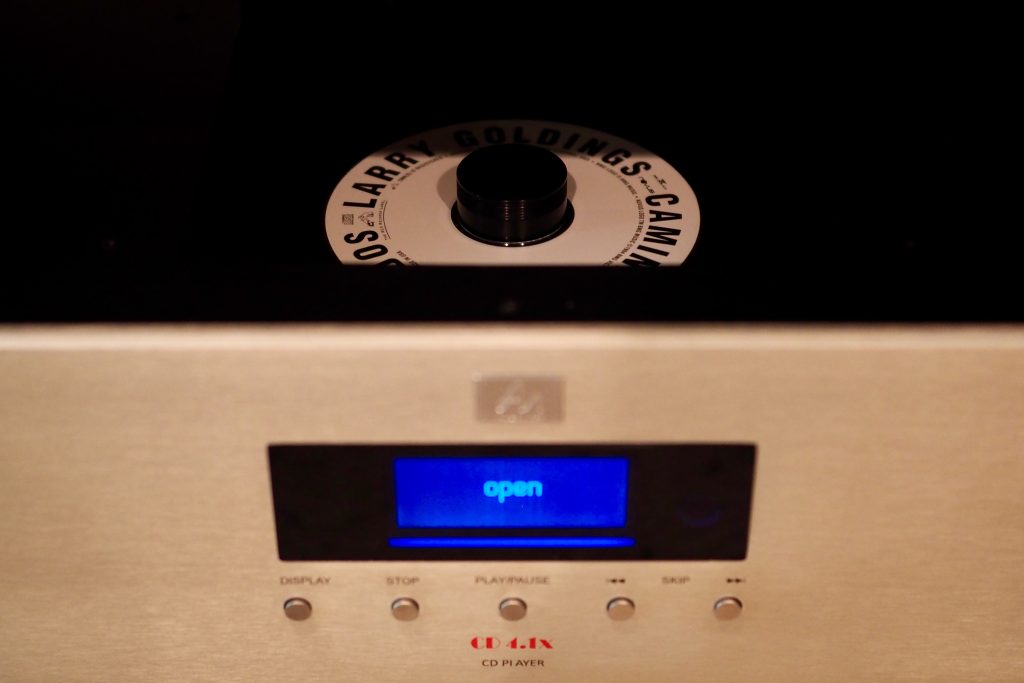
The Audio Note (UK) Level Three CD 4.1x Red Book CD player.
I'll also be telling you more about my impressions the Audio Note (UK) CD 4.1x Red Book CD player (its really good), and how it compares to the Audio Note (UK) CD 2.1x/II Red Book CD player that made me realize how important it is to have a good CD player to listen to music across the span of the acoustic, electric, magnetic, and digital eras of the recording arts.
More HERE (Today's Fresh Catch) and HERE (First Listen) about the Audio Note (UK) CD 4.1x Red Book CD player.
More HERE (Positive Feedback feature article) on the Audio Note (UK) CD 2.1x/II Red Book CD player.
I'll be mentioning aspects related to the differences between the Audio Note (UK) Level 2 and Level 3 components in sound quality, musicality, cost, and build quality.
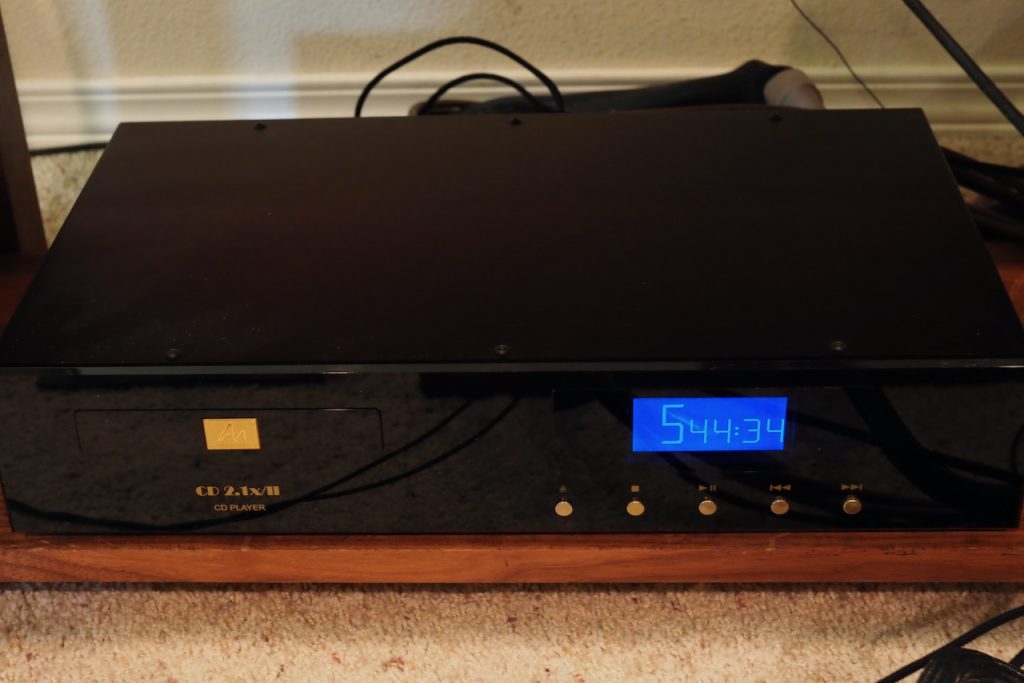
Audio Note (UK) CD 2.1x/II Level Two Red Book CD player.
Along those same lines, in the future I'll also be telling you more about how the Level 3 Audio Note (UK) 300B Meishu Tonmeister Phono Silver integrated amplifier compares to the Level 2 Audio Note (UK) Oto Phono Signature integrated amplifier.
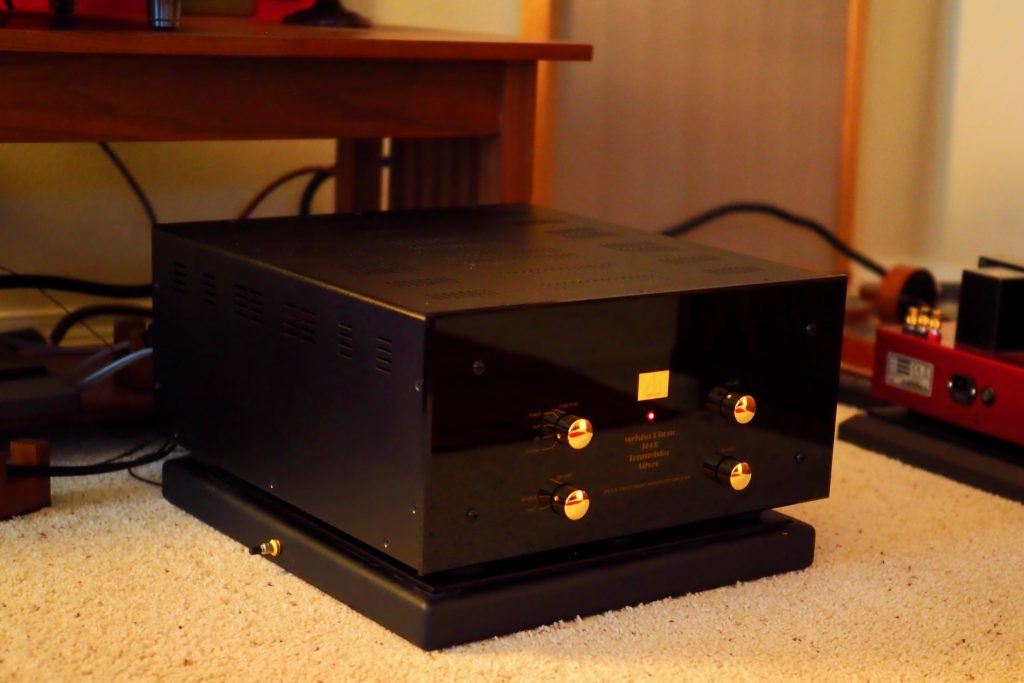
Level 3 Audio Note (UK) 300B Meishu Tonmeister Phono Silver integrated amplifier.
More HERE (Today's Fresh Catch) on the Audio Note (UK) Level 3 300B Meishu Tonmeister Phono Silver integrated amplifier.
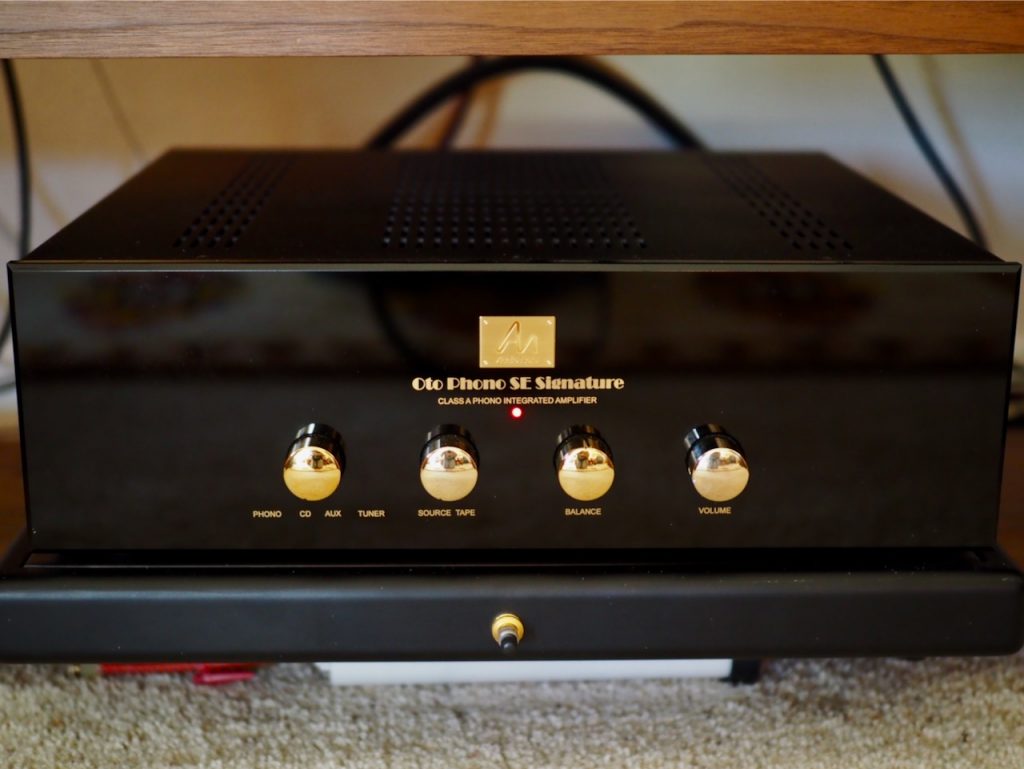
Level 2 Audio Note (UK) Oto Phono Signature integrated amplifier.
As with the Audio Note (UK) Level 2 and Level 3 Red Book CD players, I'll be mentioning aspects related to the differences between the Audio Note (UK) Level 2 Oto and Level 3 Meishu integrated amplifiers in sound quality, musicality, cost, and build quality.
More HERE (Positive Feedback feature article) about the Level 2 Audio Note (UK) Oto Phono Signature integrated amplifier.
There's lots more to come on the Audio Note (UK) front, so stay tuned for that!
Triode Lab News
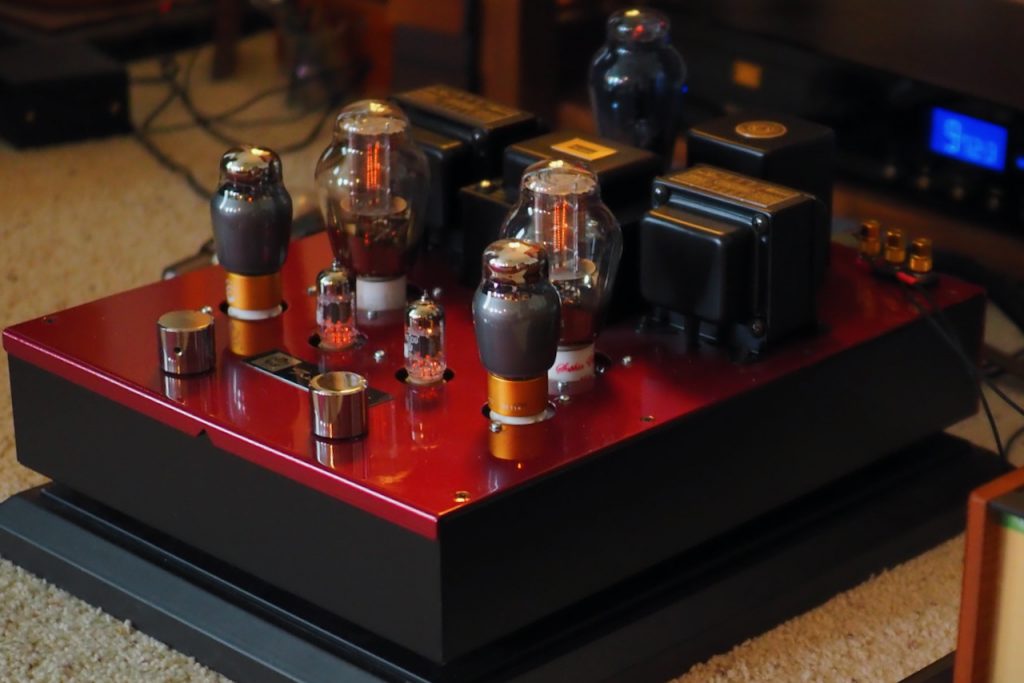
Triode Lab 45 EVO integrated SET amplifier.
I don't think its a secret that the Triode Lab 45 EVO integrated SET amplifier from Frank Ng in Toronto, Canada, has become my new SET reference for my Tannoy Westminster Royal SE loudspeakers.

I was so impressed with the 45 EVO that after the Positive Feedback feature article about it last year (HERE), I awarded it a Positive Feedback Writers Choice award for 2021.
Watt for watt, there's no SET amp in my experience that can match the 45 EVO for its sound quality and musicality - the 45 EVO is a next level SET amp. The 45 EVO's build quality is also superb, with top quality components throughout, and its exotic and beautiful to look at.
Part of the reason for that lofty level of performance of the 45 EVO is that Frank optimizes each 45 EVO he builds for each individual customer's loudspeakers and personal tastes to get the maximum performance possible during music playback.
However, at 2 watts of power output the Triode Lab 45 EVO won't be for everyone, as you need approximately 100 dB sensitive (or above) loudspeakers to get the best out of it.
To my surprise the Triode Lab 45 EVO drove my 99dB sensitive Tannoy Westminsters to live-like volumes for most albums, something that even amps with ten times more power couldn't always do.
However, if you have speakers in the 90dB sensitivity range, you'll probably want more power than 2 watts, probably something in the range of a 300B amp's 8 or 9 watts of output power.
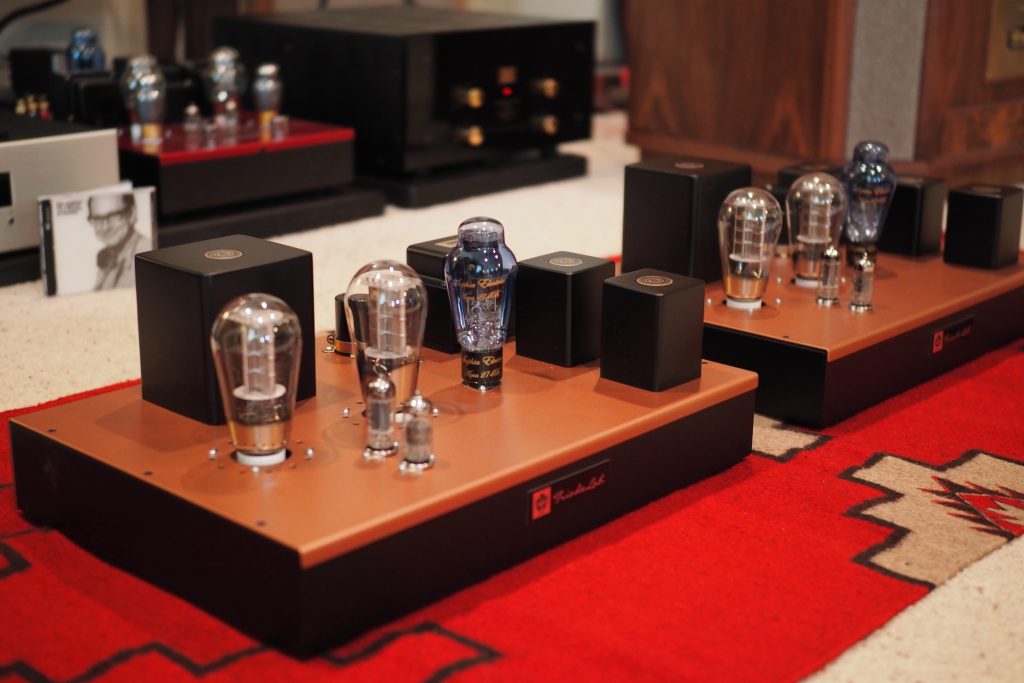
Triode Lab 2A3 P-SET RSR monaural amplifiers.
That's where the Triode Lab 2A3 P-SET RSR monaural amplifiers come into the equation with their 8 watts minimum output power, which is comparable to a 300B SET amp.

Triode Lab 2A3 RSR mono amp.
So why use parallel 2A3 SETs instead of a single 300B to achieve 8 watts of output power? Frank is going to tell us all about 'the why' in my upcoming Positive Feedback feature article about the Triode Lab 2A3 P-SET RSR monaural amplifiers, which I am writing now, so stay tuned for that.
Like the 45 EVO the 2A3 RSR has outstanding sound quality and musicality, superb build quality, with custom and quality components used throughout, and the 2A3 RSR monos are beautiful and exotic to look at.
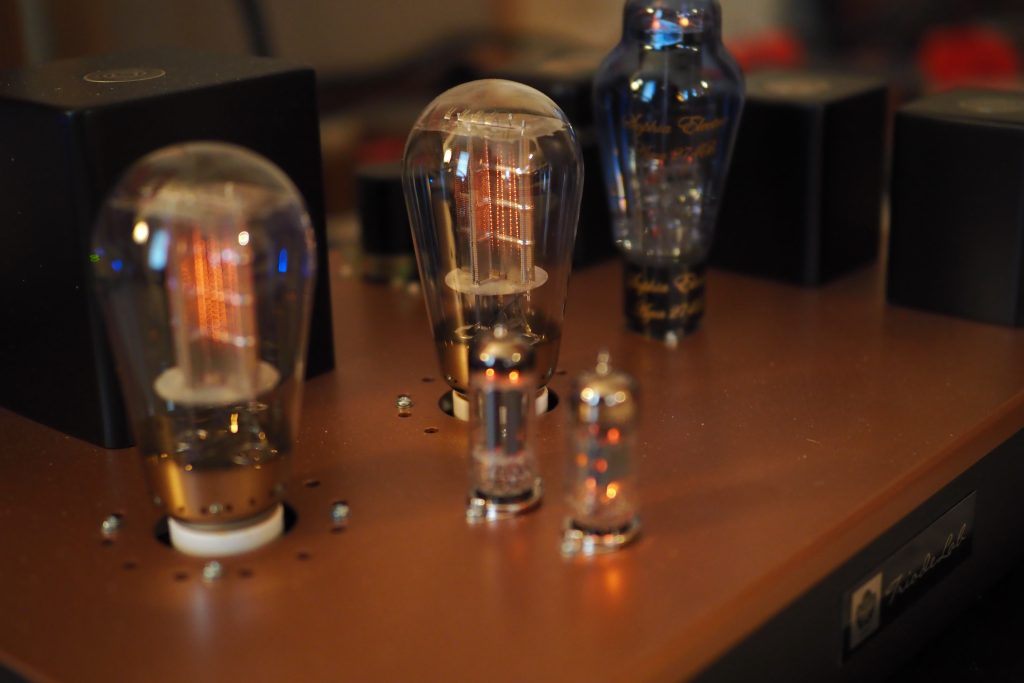
Triode Lab 2A3 P-SET.
I've also noticed that while I could listen to almost all my albums at live-like volumes with the 45 EVO powering my Westminsters, that with the Triode Lab 2A3 P-SET RSR monaural amplifiers I've been able to listen to all my albums at live-like volumes with power to spare.

Triode Lab 2A3 P-SET RSR monaural amplifiers with Westminsters.
Did I mention that the limited edition custom Triode Lab 2A3 P-SET RSR monaural amplifiers also come with a 10 year warranty? They do, which is one more reason to like them.
Analog, Digital, SET, Solid-State, and Music
We all have our preferences for audio equipment, whether it be analog or digital, or tube or solid-state, the way it is voiced, and the music we listen to with it.
That's all ok and good, and is as it should be. We are all unique, and our tastes in all things are unique as well.
Some of us love the exotic nature of vacuum tube audio equipment, and some of us love the no-fuss ultra-reliability of solid-state audio equipment.
If you enjoy swapping in and out different vacuum tubes to get a different 'sound flavor', or trying different phono cartridges for a different take on the music, then by all means do so.
If you want solid-state amplification and digital sources that you can install and not have to worry about maintenance or fiddling with it, well then that's ok too.
Personally, I like it all as an audio hobbyist and writer, and am really impressed with the level of performance of the audio components I've been writing about.
What I can tell you is that whatever your preferences are, there's some really great audio equipment out there to satisfy what you want these days, and it will complement the music you like to listen to.
Some more 'other stuff'
One thing you can also expect to read more about in the coming year and beyond is long-term reports on the audio components I've been writing about for you here at Jeff's Place and Positive Feedback.
Over time, have my impressions of the performance of audio components I've written about changed? Have the components been reliable? Have I gained new insights about them? What are they like to live with over the long haul?
In the past I've written long-term reports about my Tannoy Westminster Royal SE loudspeakers, the Spec RSA-M3 EX stereo amplifier, the Leben CS-600 integrated amplifier, my 2015 Garrard Project, and next up is the long term report about the Audio Note (UK) Oto Phono SE Signature integrated amplifier.
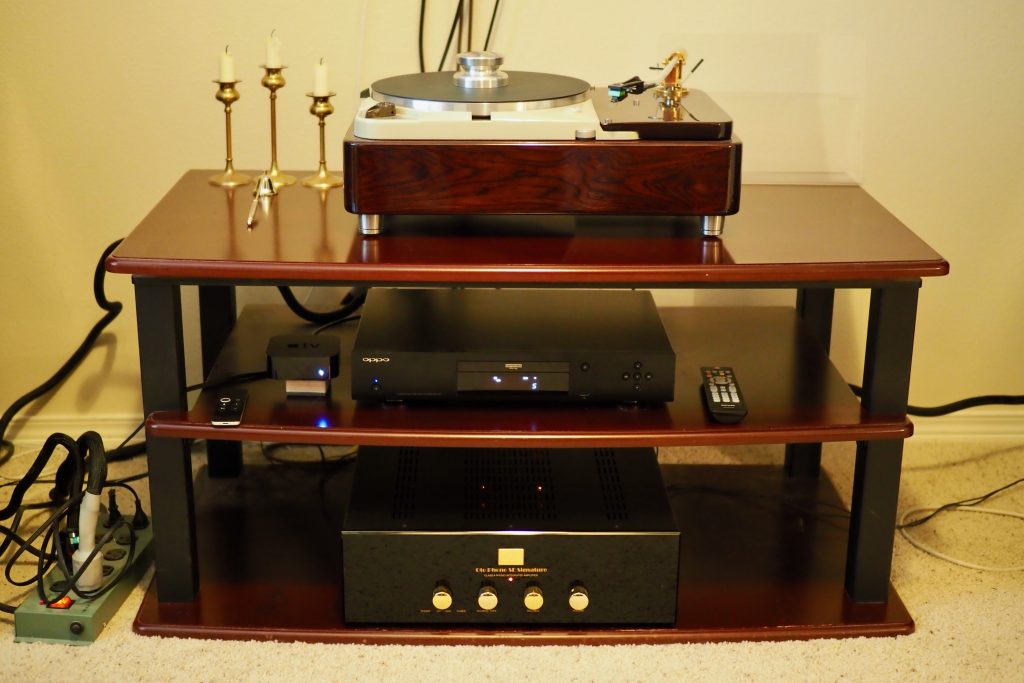
Audio Note (UK) Oto Phono SE Signature integrated amplifier.
I'll be doing the long term report on the Audio Note (UK) Oto Phono SE Signature integrated amplifier in the context of my vintage Altec A5 audio-visual system, where it has seen lots of action of late.

Audio Note (UK) Oto Phono SE Signature integrated amplifier with vintage Altec A5 loudspeakers.
Expect also to read long-term reports in the future about the Pass Labs XP-17 phono preamplifier, Pass Labs XP-12 line preamplifier, Pass Labs XA25 stereo amplifier, First Watt SIT-3, Soundsmith MMP3 Mk II phono preamp, Leben RS-100U line preamplifier, Leben RS-30EQ phono equalizer, Acoustic Revive accessories, and so on (and others after they've been here a while longer, like the First Watt F8).
While some of the components I've written long-term reports on are my own, like the Westminster loudspeakers, Leben CS-600 integrated amplifier, or the Garrard Project, etc., I want to thank those manufacturers who have been able to leave components with me for a longer term like Acoustic Revive, Audio Note (UK), First Watt, Leben HiFi Stereo Company, Pass Labs, Spec, Soundsmith, and others, so I could use them as reference components in comparisons, and to write long-term reports about them for you. Thank you all!
Ok, that's it for now.
As always, thanks for stopping by, and may the tone be with you!



























